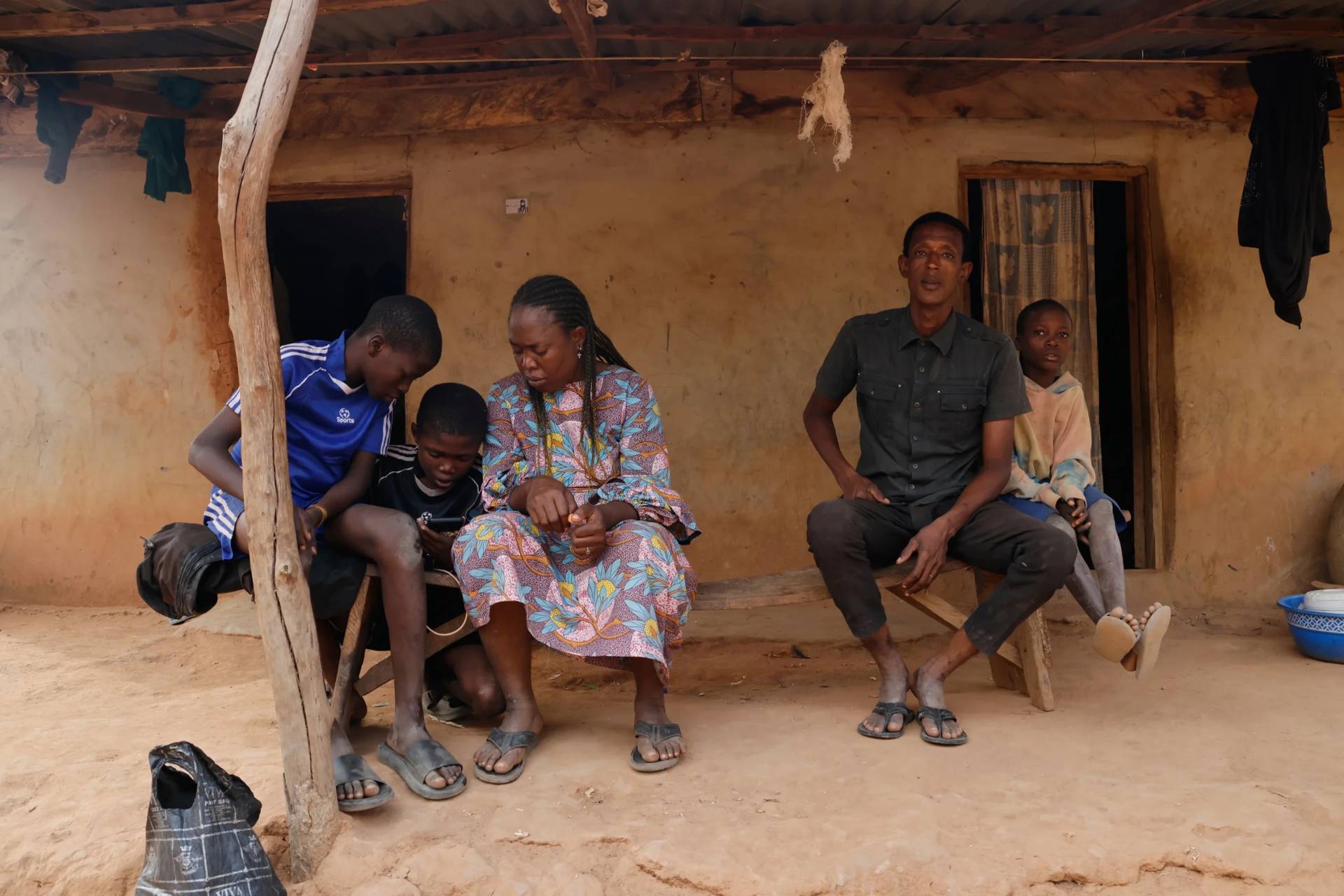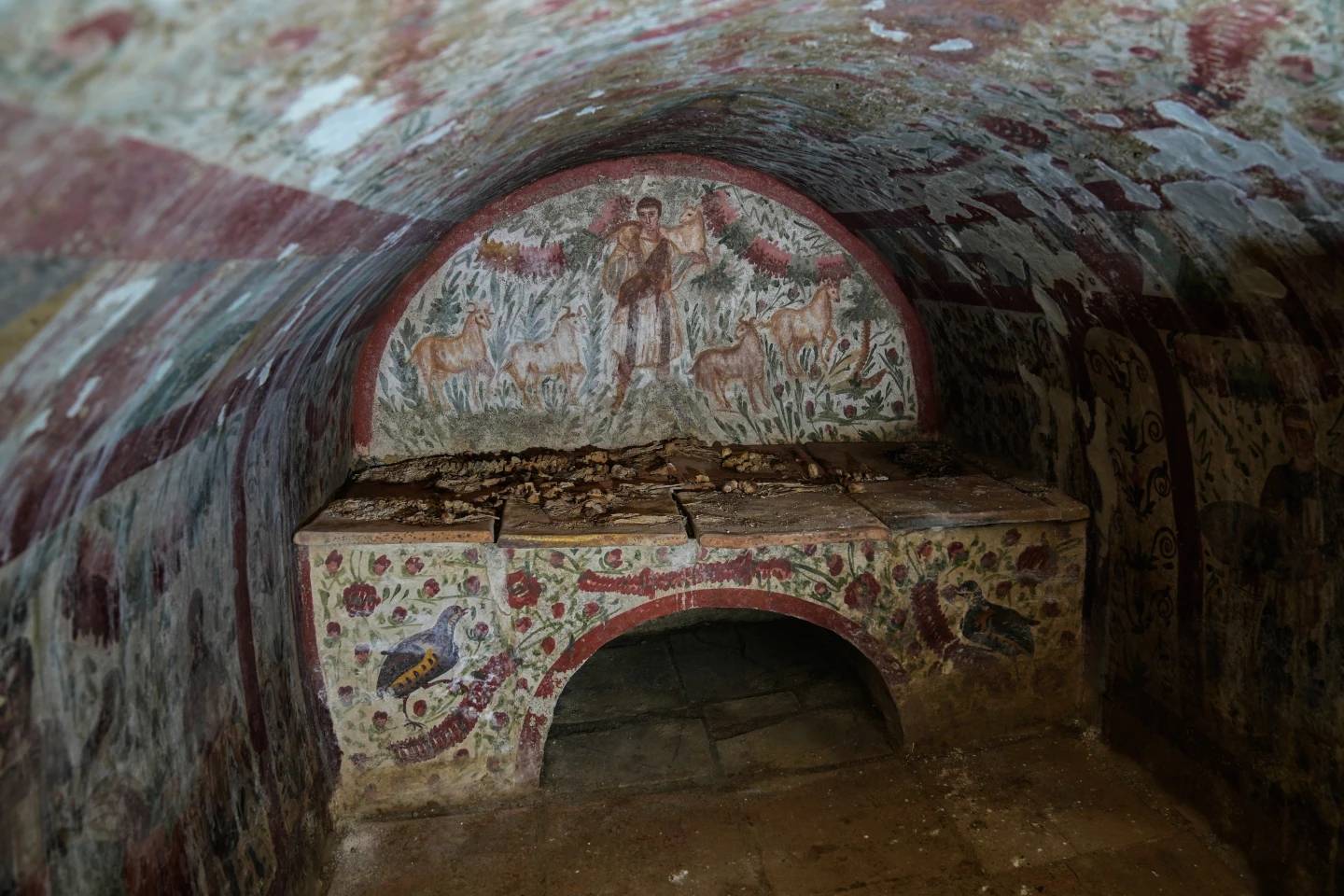ROME – A new study claims that by stressing themes of marriage and family during 13 visits to the region between 1979 and 1996, St. John Paul II was responsible for boosting fertility rates across Latin America, resulting in a quarter-million extra births.
The research team at the University of Notre Dame found that although increased fertility was not the direct object of the late pope’s travels, his messaging nevertheless reinforced existing cultural norms in Latin America, causing a statistically significant increase in birth rates within the 16 visited nations.
“These results indicate that people are really listening to what the pope has to say,” said Lakshmi Iyer, a professor of economics at Notre Dame. “And the topics he addresses really matter.”
Importantly, the results also suggest that John Paul II wasn’t just preaching to the choir on these visits, in that the measurable impact of his teachings was actually greatest in non-Catholic, wealthy and highly educated households. Effects were also greater in countries secularized more recently.
A new paper expressing these findings, titled “Religion and Demography: Papal Influences on Fertility,” argues that beyond the usual economic and cultural reasons given for falling fertility rates across the world since the 1950s, social norms and, specifically, religious values also can play a role.
The claim that religious leadership can have an appreciable impact on fertility rates is not new. To cite one well-known case, in 2008 Patriarch Ilia II offered to personally baptize the third and subsequent children of all couples married in the church. Since then, he’s presided over a annual series of mass baptisms which have helped lift Georgia’s birth rate from below the replacement level of 2.1 children per woman to above, meaning the country is now adding population.
The new Notre Dame research is among the first to posit a relationship between papal leadership and birth rates. Previous studies have found mixed results, with one 2017 study claiming a short-term decline in contraception following a trip by Pope Benedict XVI that resulted in brief increase in fertility, while a 2020 study on Italy found that papal messaging on the family had reduced abortion but had no impact on fertility, suggesting a shift to contraception.
Between 1979 and 1996, John Paul II crisscrossed Latin America on 16 trips, repeatedly proclaiming it the “Continent of Hope.” The Notre Dame research finds that in the two to five years following each of those trips, an additional 220,000 to 251,000 births occurred in the 13 countries analyzed in the study.
The outcome suggests that pro-family papal messaging helped cut against over the overall dramatic decline in fertility rates on the continent, which fell from an average of 5.9 births per woman in 1960 to 2.2 in 2010.
In fact, the research suggests that Latin Americans were listening to the Polish pope across the board, in ways that drove birth rates either up or down. When John Paul stressed support for marriage and opposition to abortion and contraception, the number of live births in the aftermath of the trip increased. When he emphasized opposition to premarital sex, however, birth rates actually dropped, suggesting the public was responding to both the pope’s positive and negative injunctions.
For Iyer, the findings are a confirmation that demography is not exactly analogous to the weather, meaning a force of nature basically beyond human control. Instead, it’s a product of personal decisions which can be influenced by inspired leadership.
“Who the messenger is matters,” Iyer said. “It needs to be someone who can reinforce what is important to the culture. You can change social norms by having a predominant leader remind people of what is considered good and acceptable behavior within that particular society.”
The thirteen nations examined in the study are Bolivia, Brazil, Colombia, the Dominican Republic, Ecuador, El Salvador, Guatemala, Haiti, Mexico, Nicaragua, Paraguay, Peru and Trinidad and Tobago, and the findings point to statistically significant increases in fertility rates in the two to five years after the papal visit in virtually every one, with the net effect being greatest in El Salvador.

















